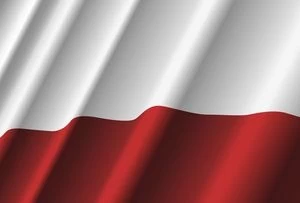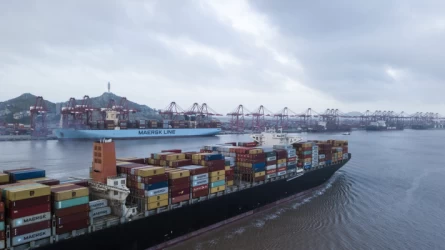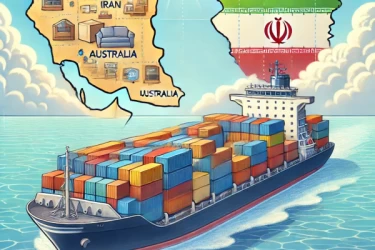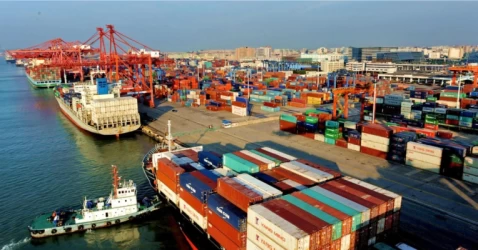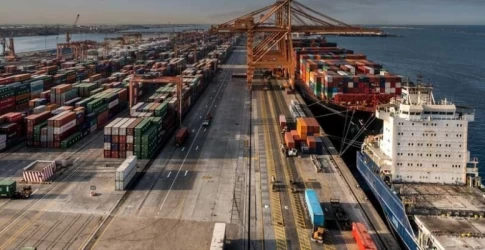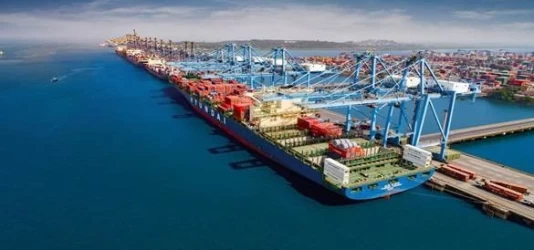Guide to Trade with Poland, Maritime Shipping
Poland, as one of the largest and fastest-growing economies in the European Union, offers numerous opportunities for international trade. Located centrally in Europe, Poland serves as a gateway to Eastern and Central European markets. With strong infrastructure, a diverse economy, and favorable trade regulations, it has become an attractive destination for businesses worldwide. This guide will delve into the essentials of trading with Poland, focusing on maritime shipping.
1. Advantages of Trading with Poland
a) A Growing and Stable Economy
Poland boasts one of the largest economies within the EU, and its steady economic growth makes it a key player in the European market. Sectors such as automotive, electronics, food processing, and machinery manufacturing are among the most prominent. The country has a large consumer market and is increasingly becoming a central hub for production in Europe.
b) Strategic Geographical Location
Poland’s central location in Europe makes it an ideal logistics hub for trade with Eastern, Central, and Western Europe. Its proximity to large markets like Germany, Russia, and the Baltic States makes it highly attractive for companies looking to expand in these regions.
c) Advanced Transport Infrastructure
Poland has a well-developed network of highways, railways, and ports that support efficient transportation. Major ports like Gdańsk, Gdynia, and Szczecin play crucial roles in Poland’s maritime trade and are connected to international markets. These ports serve as entry points for goods transported via sea and help facilitate trade with countries all over the world.
2. Steps to Start Trading with Poland
a) Market Research and Competitor Analysis
Before entering the Polish market, conducting thorough market research is essential. Understanding consumer needs, analyzing competitors, and identifying potential opportunities can help you establish a successful strategy for this market.
Methods for market research include:
- Utilizing government statistics and market data
- Analyzing consumer behavior and market trends
- Studying competitors and similar products
b) Selecting Suitable Products
Once market research is complete, it's crucial to select products that match the needs of the Polish market. Polish consumers are known for their focus on high-quality products at reasonable prices. Additionally, compliance with EU standards and regulations is necessary for product entry.
c) Acquiring Required Permits and Certifications
Depending on the nature of the products, specific permits and certifications may be required to trade with Poland. Goods such as food, pharmaceuticals, and electronics may need to meet particular EU safety, health, or environmental standards.
d) Negotiation and Contracting
After determining the products and acquiring the necessary permits, it's time to negotiate with Polish partners. Contracts should cover key aspects such as payment terms, delivery timelines, warranties, and insurance.
3. Maritime Shipping to Poland
a) Choosing the Right Shipping Method
Maritime shipping is one of the most efficient ways to transport goods to Poland, particularly for large or bulky shipments. There are two main options for shipping: Full Container Load (FCL) and Less than Container Load (LCL).
Container Types:
- Full Container Load (FCL): Used when your cargo fills an entire container.
- Less than Container Load (LCL): Ideal for smaller shipments where space is shared with other shipments.
b) Maritime Shipping Process
- Loading the Cargo: Once products are packed, they are sent to the port of origin. Depending on the contract terms (e.g., FOB or FCA), either the exporter or shipping company will handle the loading process.
- International Transport: The duration of sea transport depends on the distance and sea conditions, typically taking 10 to 30 days for most major global ports.
- Customs Clearance: Upon arrival at the destination port, goods must be cleared through customs. This involves submitting required documents, paying customs duties, and ensuring that goods comply with Polish and EU standards.
c) Costs Associated with Maritime Shipping
Several factors influence the overall cost of maritime shipping:
- Loading and Unloading Fees: Costs associated with loading goods at the origin and unloading them at the destination port.
- Shipping Costs: Fees for the transportation of goods via sea.
- Marine Insurance: Protects goods against risks such as damage or theft during transit.
- Customs Duties: Taxes and tariffs imposed by Polish customs based on the type and value of the goods.
d) Marine Insurance
Marine insurance is crucial in safeguarding goods during maritime transport. This insurance covers risks like damage, theft, or loss of goods while in transit. Ensuring comprehensive coverage can prevent potential financial losses.
4. Customs Regulations and Import Procedures in Poland
Successfully importing goods into Poland requires strict adherence to customs regulations. The key steps include:
- Necessary Documentation: Essential documents include a commercial invoice, packing list, certificate of origin, and shipping documents.
- Customs Duties and Taxes: Imported goods are subject to Value Added Tax (VAT) and import duties, which are calculated based on the type and value of goods.
- Inspection of Goods: Certain products may require inspection to ensure compliance with Polish and EU standards.
5. Key Considerations and Challenges in Trading with Poland
a) Understanding Polish Trade Regulations
Understanding Poland’s trade regulations is critical for success. The country adheres to strict EU standards in areas such as quality, safety, and environmental protection. Compliance with these regulations is vital to avoid delays or penalties.
b) Building Strong Relationships with Polish Partners
Establishing and maintaining strong relationships with Polish business partners is essential for long-term success. Open communication, mutual trust, and respect for cultural differences are key components of successful business relationships in Poland.
c) Cultural and Language Differences
While Poland is a multicultural country, understanding its culture and language can facilitate smoother business interactions. Polish companies often value personal relationships and trust in business negotiations, so being aware of these cultural aspects can prove beneficial.
6. Trade Agreements and Tariffs
As part of the European Union, Poland benefits from numerous trade agreements with countries worldwide. These agreements often include preferential tariffs and streamlined customs procedures, making trade more efficient and cost-effective.
Conclusion
Poland offers vast opportunities for international businesses due to its strong economy, advanced infrastructure, and strategic location. However, success in the Polish market requires careful planning, adherence to trade and customs regulations, and an understanding of local business culture. Maritime shipping is a highly efficient and cost-effective way to transport goods to Poland, playing a key role in facilitating international trade. By following the outlined steps, you can successfully enter and thrive in the Polish market.
If you have any specific questions or need further assistance, feel free to ask!

